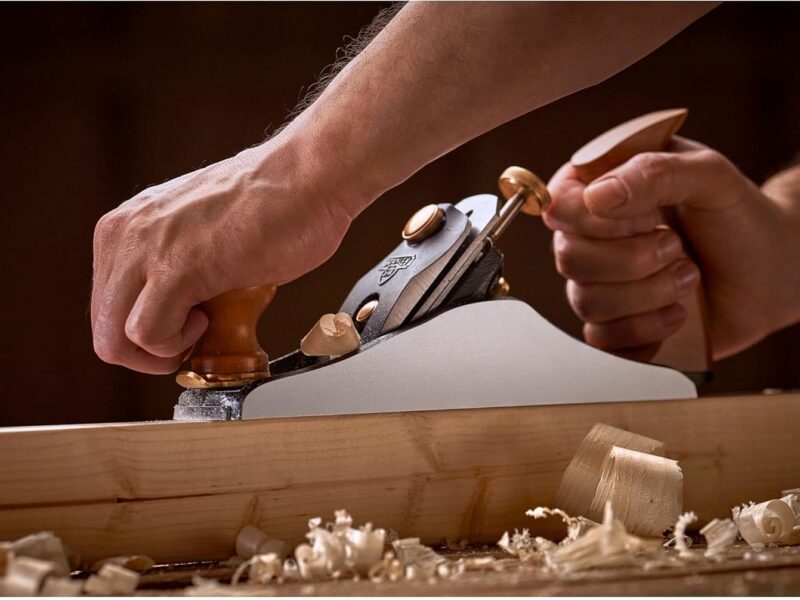Reading A Tire Sidewall
If you’re buying tires yourself rather than going to your nearest tire fitter it’s important to know what those tire markings mean. Here’s a quick primer on reading a sidewall tire so you know exactly what to buy.
So you’re going to see something like the photo above:
205 / 55R 16 91V
A: 205 is the tire width in millimeters. It’s taken across the sidewalls when the tire is inflated to its normal operating temperature.
B: 55R is the aspect ratio, or tire height. It’s written as the percentage of the tire’s width. So in this case the tire is 55% as high as it is wide. It’s also sometimes referred to as the profile.
C: This is the size of the wheel the tire will fit. So in this case 16 inches. Yep, they use millimeters for some dimensions, and inches for others. Go figure.
D: This is the load index or the maximum safe weight the tire can carry. Just to confuse things further this doesn’t directly mean anything, you have to find a load index chart. Most online tire retailers have one. We checked with Goodyear. In this case, a load index of 91 means these tires can support 1,326 pounds each. Be careful if you’re buying light truck tires because their load index can be different to account for duallys.
E: Finally we have the speed rating. V is safe for up to 149 mph – where permitted, of course ;-). Again, most tire websites have speed rating charts you can check.
Anything else?
If the tire sidewall has a P marked on it, it’s for a passenger vehicle, though it doesn’t always appear.
An R stands for radial which covers most tires. If there’s a B it means bias ply (also called cross ply). These are not common but are sometimes used for off-roading, and occasionally on motorcycles.
 Somewhere on a road tire sidewall it should have the initials DOT (for Department of Transport). If it doesn’t, it isn’t legal for road use in the USA. This applies to motorcycles, quads, and also trailers and lawn tractors. For example, lots of lawn tractor tires aren’t rated for road use so if you’re tempted to pop down the local store on your trusty John Deere it could cost you a traffic fine.
Somewhere on a road tire sidewall it should have the initials DOT (for Department of Transport). If it doesn’t, it isn’t legal for road use in the USA. This applies to motorcycles, quads, and also trailers and lawn tractors. For example, lots of lawn tractor tires aren’t rated for road use so if you’re tempted to pop down the local store on your trusty John Deere it could cost you a traffic fine.
After the DOT initials there is usually a 4-letter code like 1722 for example. This is the date the tire was made. In this case the 17th week of 2022. The rubber in vehicle tires starts to deteriorate from the moment they are made (I know, scary), so experts recommend you should never buy new tires that are over a year old. Next time you see a deal for cheap car tires, check that date!
OK, I’ve given you the basics about reading a tire sidewall but if you’re interested in this stuff there’s a more comprehensive article on the government’s Energy Saver website.
While we’re on the subject, if you need a good inflator for your tires you might want to check out this article.
Main picture courtesy of Goodyear.


